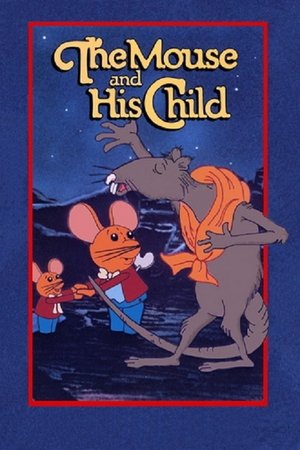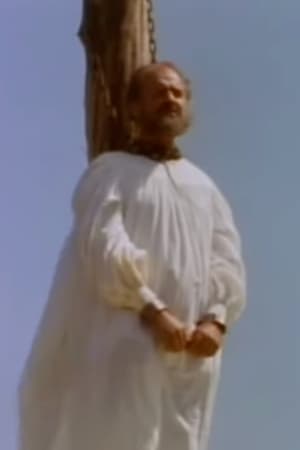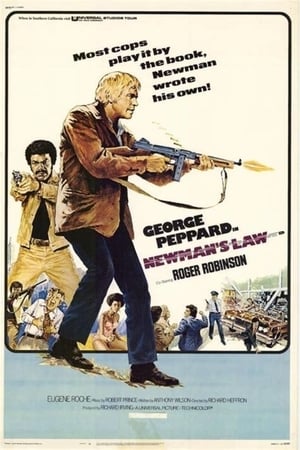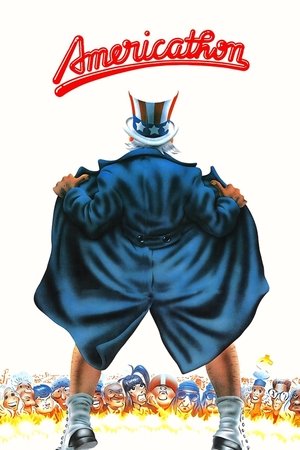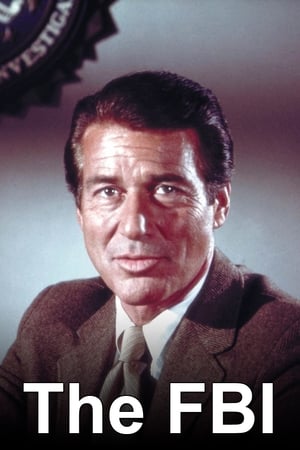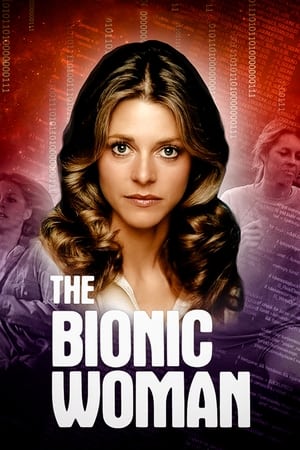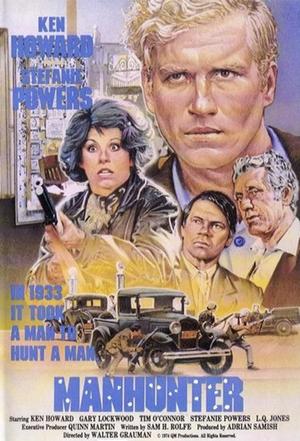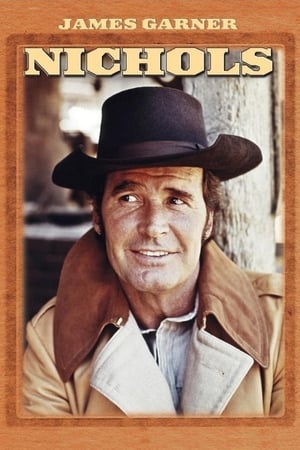Biography
Cordic was born in the Hazelwood neighborhood of Pittsburgh and attended Central Catholic High School. He started in radio as a staff announcer and substitute sportscaster at WWSW-AM.[1] When morning host Davey Tyson left the station in 1948, Cordic was one of a number of staffers given the opportunity to replace him. At first a straightforward announcer, Cordic began introducing comedy to his program—first in subtle ways, such as reading a sports score for "East Overshoe University" along with the real scores, and later by adding a repertory company of supporting comic characters. The morning show, renamed Cordic & Company, became the most popular in Pittsburgh.
In 1954, Cordic & Company moved to KDKA (AM) on Labor Day, one of the first times that an American radio station had hired a major personality directly from a local competitor. Popular Bette Smiley had decided to retire from her full-time KDKA wake-up show Radio Gift Shoppe of the Air and move to a Sunday-only condensed version on WCAE in August 1954 in order to raise her young son Robbie. Cordic's immediate predecessor in the morning slot was the Ed and Rainbow show, featuring Ed Schaughency with Elmer Waltman cast in the role of Rainbow, the janitor. Waltman was dropped, and Schaughency was moved to the afternoon with a show called Schaughency's Record Cabinet. Schaughency lasted less than two years in that role before he was replaced by Art Pallan, who also came over from WWSW. Schaughency took on a new role as a news reader and moved back to mornings, delivering the newscasts during Cordic & Company. The show's ratings continued to grow until, at some points, it had an 85 share—meaning that 85% of all radios in Pittsburgh were tuned to Cordic & Company while it was on. By the end of his tenure in Pittsburgh, Cordic was reportedly earning $100,000 a year, a huge sum for a radio host at the time.


